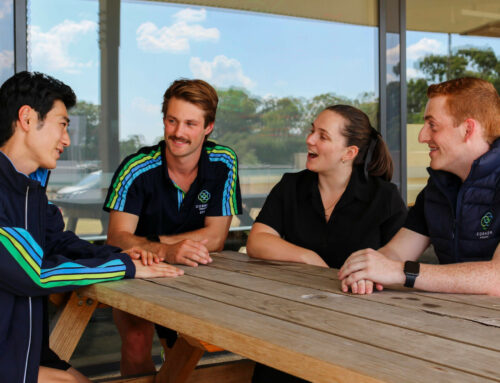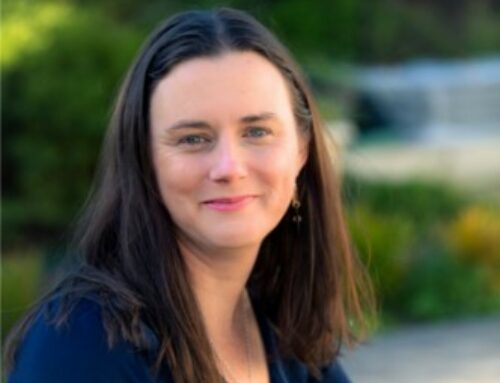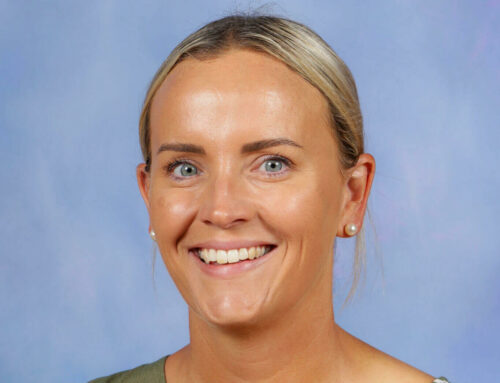As the world changes, educators are transforming the way they structure learning, writes Peter Barrett.
Blade Heweston, 16, may have the fastest locker in the south-east . Frustrated by the time it took to open his regulation combination dial every day, the then-year 10 Cornish College student decided to upgrade. Using his school-issue RFID (tap and go) student card, Bluetooth, a microcontroller and a small car battery, he developed a successful prototype, installed it and, hey presto – open sesame. Now everyone wants one.
“It’s definitely been a big change,” says Blade, currently in year 11. “I’ve had many comments saying ‘if you’re going to make a product like that, please implement them here’ . It just makes the process [of opening a locker] 10 times easier.”
Blade came up with the idea and developed it as part of Cornish College’s Design Futures program. Sitting alongside the school’s VCE studies, Design Futures allows students to co-create a personalised curriculum that matches with their areas of interest and aspirational goals.
Students team up with a ‘‘ steward’ ’ (mentor), whose job is to stretch, challenge and facilitate – but never do the work for them.
Now in its second year, about a third of year 10 students have opted into the program. Cornish College principal Nicola Forrest (who happens to also be Blade’s steward) says students have chosen to explore everything from men’s mental health and elite young athlete nutrition, to building watercooled computers, and studies on the role of play in schools.
“It’s an opportunity for kids to do things without the normal pressures of externally driven assessment,” she says. “And some students will tell you they do more work and more in-depth inquiry in Design Futures than they do in anything else – even though when we steward them we don’t give them a criteria for success, they develop that themselves.”
Students who complete 100 hours of Design Futures receive accreditation in the form of ‘‘ Digital Badging’ ’ to add to portfolios and potential tertiary applications. The program also recognises that university pathways are changing and skewing away from ATARonly to ATAR-plus demonstration of realworld problem solving, critical and creative thinking skills.
With a keen interest in mechatronics and robotics, Blade’s Bluetooth tap and go locker project could be very handy indeed when he applies for courses or jobs. “I definitely want to veer towards the inventions industry and be able to solve problems and make the world a better place,” says Blade.
And, while Design Futures currently makes up about 100 hours of year 10 student time, its core principles – student agency, thinking creatively and solving real problems – are being adopted elsewhere, says Forrest.
“It’s such an important thing for [our students’ ] futures – for them to be more agile and adaptive learners – that we are committed to embedding Design Futures principles right across our school. It’s the change that education needs at the moment.”
This article appeared in The Age on 10 September, 2022




